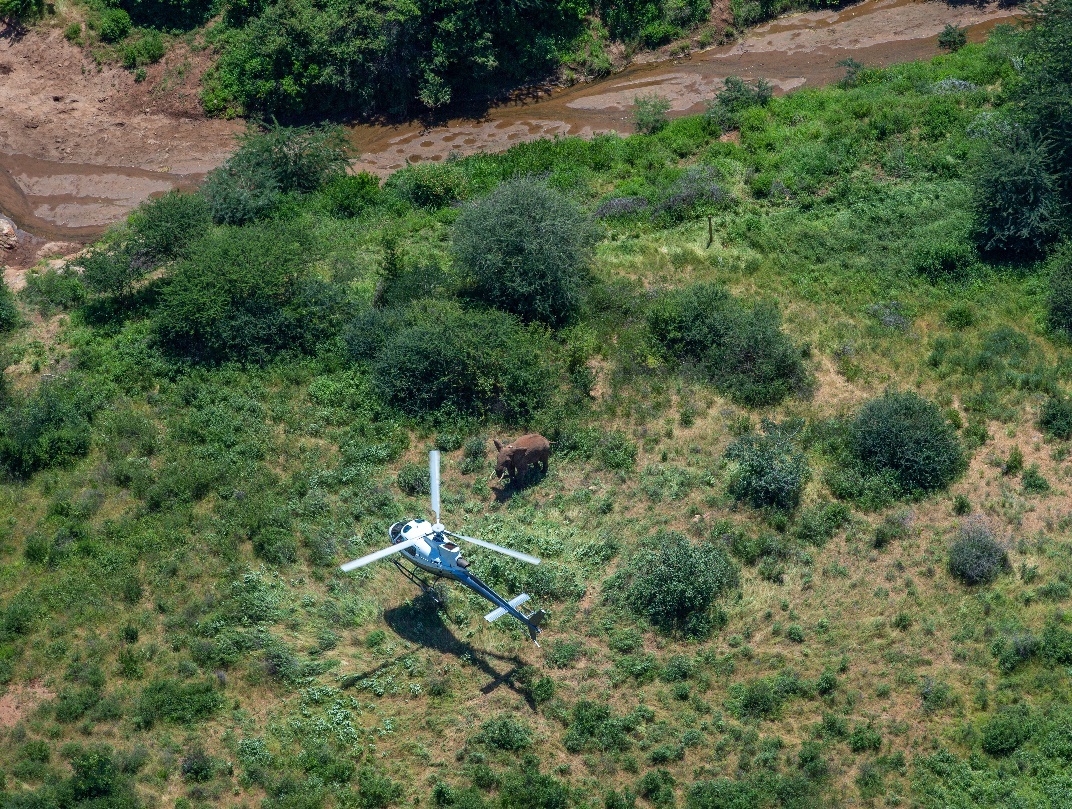The Outcome of an elephant translocation from Isiolo to Tsavo East National Park, Kenya
DOI:
https://doi.org/10.69649/pachyderm.v63i.502Abstract
This management piece documents the outcome of an elephant translocation from Isiolo to Tsavo East National Park, Kenya in November 2021. The translocation aimed to reduce human-elephant conflict in the area and to prevent any retaliation toward the elephants. This was achieved by removing the ‘problem elephant group’, however the aim of resettling the elephants in Tsavo was not achieved, as the group fragmented and some swiftly moved far outside release site. Two elephants, which we were able to monitor through satellite collars, exhibited homing behaviour and both left Tsavo East National Park within 1-7 weeks of being released. If translocation continues to be the method of choice for problem elephants, there is a need for thorough planning and sound science to inform future operations, which should include collaring of each individual. Trained personnel and substantial budgeting for post release monitoring, and any potential conflict-reduction interventions, are therefore key management considerations for ensuring the health and wellbeing of translocated elephants in the future. In the long-term, focusing mitigation management on a larger number of habitual crop-raiders will have more impact and be a more effective approach for elephant managers. This could involve better spatial land-use planning, maintenance of corridors between protected areas, negative conditioning tactics and maintenance and upgrading of barriers.
Ce document relatif à la gestion des éléphants rend compte du bilan de la translocation de plusieurs sujets depuis Isiolo jusqu’au parc national de Tsavo Est au Kenya en novembre 2021. L’objectif était de réduire les conflits humains-éléphants dans la zone et d’éviter toute forme de représailles de la part des habitants. Les « éléphants problématiques » ont donc été délocalisés, mais l’ambition initiale de les établir dans Tsavo Est n’a pu être finalisée du fait de la fragmentation du groupe après la remise en liberté et de certains éléments s’étant rapidement déplacés loin du site de lâcher. Deux sujets, que nous avons pu suivre grâce à leur collier GPS, ont montré un comportement instinctif de retour vers leur habitat précédent et tous deux ont quitté le parc national de Tsavo Est dans les sept semaines suivant leur introduction. Si la méthode de la translocation continue d’être privilégiée pour les éléphants problématiques, il sera nécessaire de s’appuyer sur une planification rigoureuse et des données scientifiques solides pour les prochaines opérations, ainsi que sur la mise en place de colliers émetteurs sur chacun des individus. Du personnel formé et un budget substantiel, pour la post-introduction des animaux et les interventions potentielles de réduction des conflits, sont donc les clefs pour une gestion de qualité et pour assurer le bien-être et la bonne santé des éléphants transférés à l’avenir. À long terme, il convient d’accentuer les interventions d’atténuation envers un plus grand nombre d’éléphants habitués à piller les cultures, afin d’avoir un réel impact et une approche plus efficace pour les personnes chargées de leur gestion. Cela peut se traduire par une meilleure planification de l’usage des terres, l’entretien des couloirs biologiques entre les zones protégées, des tactiques de conditionnement négatif et la maintenance ou l’amélioration des barrières.

Downloads
Published
How to Cite
Issue
Section
License
Copyright (c) 2022 Lydia N Tiller, Lucy King, Fredrick Lala, Frank Pope, Chris Thouless, Jake Wall, Iain Douglas-Hamilton

This work is licensed under a Creative Commons Attribution-NonCommercial 4.0 International License.



